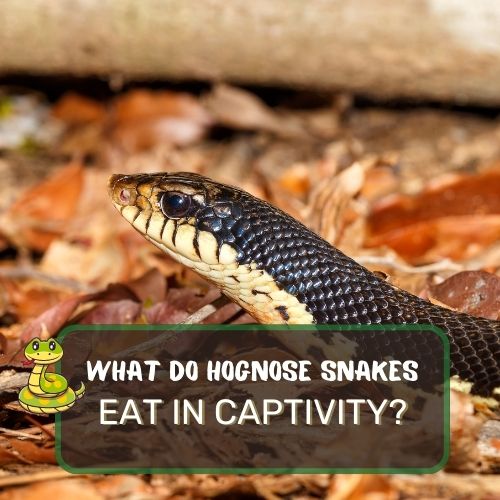
When it comes to the intriguing world of reptiles, one question that often slithers into the minds of enthusiasts is, “What do hognose snakes eat in captivity?”
These captivating creatures, with their distinct upturned snouts, have unique dietary needs that differ from their wild counterparts.
In this article, we’ll delve deep into the dietary preferences of captive hognose snakes, examining everything from their staple foods to occasional treats.
By understanding factors like their natural diet, feeding frequency, and special dietary considerations, you’ll gain a comprehensive insight into keeping your slithery friend healthy and happy.
So, whether you’re a seasoned herpetologist or a curious reader, this article promises to shed light on the fascinating world of hognose snake nutrition.
Table of Contents
What do hognose snakes eat in captivity?
In captivity, hognose snakes primarily feast on rodents, especially mice. These small mammals serve as a staple in their diet, providing essential nutrients. For younger hognose snakes, pinkie mice are often the preferred choice, while adults can handle larger mice. Some hognose snake enthusiasts also introduce amphibians, like frogs and toads, as occasional treats, mimicking their varied diet in the wild.
It’s crucial to ensure that the prey is safe, free from contaminants, and appropriately sized for the snake. Regular feeding schedules and monitoring their dietary intake help keep these captivating reptiles healthy and thriving in captivity.
Common Prey Items for Captive Hognose Snakes
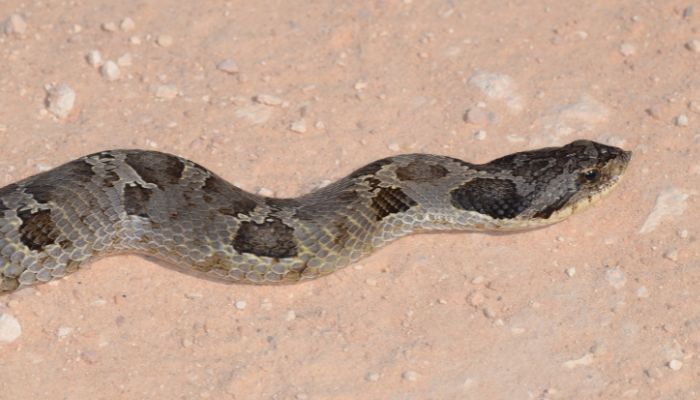
Hognose snakes, with their upturned snouts and captivating behaviors, have become increasingly popular in the pet trade. But what do these unique reptiles munch on when they’re living under our roofs? Let’s dive in!
Rodents: The staple diet.
When it comes to the primary food source for captive hognose snakes, rodents, particularly mice, take the crown. Think of mice as the equivalent of a hearty steak dinner for these snakes.
They’re packed with the essential nutrients that hognose snakes need to thrive. From the tiniest pinkie mice for the young ones to the more substantial adult mice for the grown-ups, rodents are a must-have on the menu.
For instance, imagine you’re at a buffet. You’d probably head straight for the main course, right? For hognose snakes, that main course is a juicy mouse. It’s filling, nutritious, and downright delicious (well, at least to the snake!).
Amphibians: Occasional treats.
In the wild, hognose snakes sometimes indulge in a frog or toad snack. So, it’s no surprise that in captivity, they might appreciate an amphibian treat now and then. However, it’s essential to source these treats safely.
Wild-caught amphibians can carry parasites or toxins that could harm your snake. It’s like us humans enjoying a rare delicacy – it’s delightful, but we need to ensure it’s safe to eat.
Insects: Are they suitable?
Now, here’s where things get a tad controversial. Insects like crickets or mealworms might seem like a good idea, but they’re more of a side dish than a main course for hognose snakes.
While they can be offered occasionally, they shouldn’t replace rodents or amphibians. Think of insects as the equivalent of us snacking on chips – tasty, but not particularly filling or nutritious on their own.
Natural Diet of Hognose Snakes in the Wild
To truly understand what to feed a captive hognose snake, it’s crucial to look at their wild counterparts. What’s on the menu for a hognose snake slithering through its natural habitat?
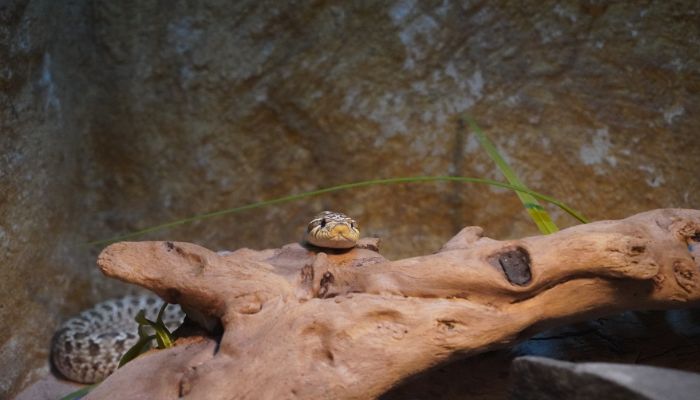
Overview of their natural habitat.
Hognose snakes are native to North America, where they inhabit a range of environments from sandy woodlands to grassy plains.
Picture a hognose snake basking in the sun, camouflaged against the leaf litter, waiting for its next meal to wander by. Their habitat plays a significant role in dictating their diet.
Common prey items they consume in the wild.
In the wild, hognose snakes have a more varied diet than their captive counterparts. While they still love their rodents, they also feast on a smorgasbord of other critters.
Frogs and toads are frequent items on their wild menu, especially for species like the Eastern hognose snake. They’ve even been known to munch on bird eggs if they stumble upon a nest.
Dietary Needs in Captivity
When we bring the wonders of the wild into our homes, it’s our responsibility to ensure these creatures get the best care possible. And a significant part of that care revolves around their diet.
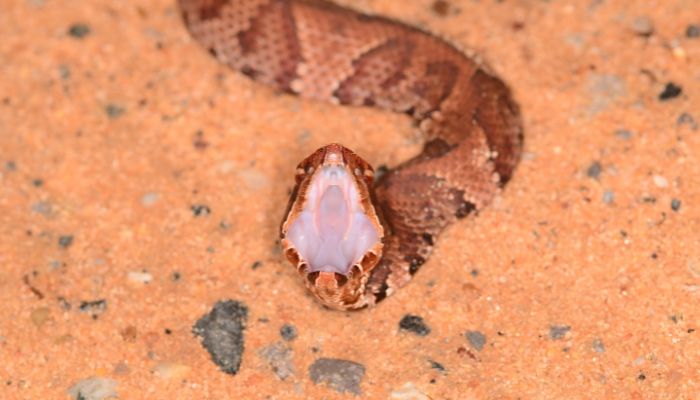
The importance of replicating a natural diet.
Imagine you’ve been eating a balanced diet of fruits, veggies, and proteins all your life. Suddenly, you’re only given bread to eat. Not ideal, right? Similarly, for hognose snakes, replicating their natural diet is crucial.
It ensures they receive the right nutrients, promoting growth, health, and longevity. By mimicking their wild diet, we’re giving them a slice of home, even in captivity.
Differences between wild and captive dietary needs.
While it’s essential to replicate a natural diet, it’s also vital to recognize the differences between wild and captive needs. In the wild, hognose snakes might burn more calories searching for food or escaping predators.
In captivity, with food readily available and no predators in sight, their caloric needs might be slightly less. It’s a delicate balance, like adjusting our diets based on our activity levels.
Feeding Frequency and Portion Sizes
Just like us, hognose snakes don’t appreciate being overfed or underfed. Getting their feeding frequency and portion sizes right is an art and science combined.
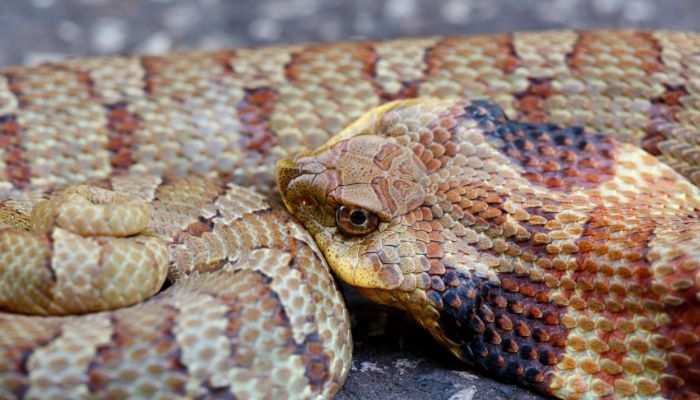
How often should you feed your hognose snake?
Young hognose snakes, with their rapid growth, require more frequent feedings, often every 5-7 days. As they mature, this can be reduced to once every 7-10 days.
It’s like how babies need frequent meals, while adults can go longer between them.
Determining the right portion size.
The size of the prey should roughly match the widest part of the snake’s body. It ensures the snake can digest its meal comfortably. Think of it as us choosing a burger we can comfortably bite into, not one that’s bigger than our heads!
Signs of overfeeding or underfeeding.
A hognose snake that’s constantly hungry, losing weight, or has a sunken appearance might be underfed. On the flip side, an obese snake or one that refuses food might be overfed.
It’s essential to monitor their weight and adjust their diet accordingly. After all, we all want our slithery friends to be in the best of health!
Special Dietary Considerations
Diet is more than just what meets the eye (or in this case, the snake’s mouth). It’s about ensuring our slithery friends get a well-rounded meal that caters to all their nutritional needs.
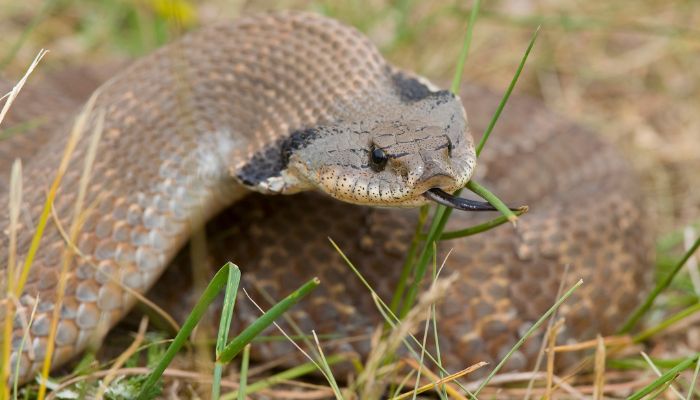
Importance of calcium and vitamins.
Calcium plays a pivotal role in bone health, even for creatures that slither. A deficiency can lead to serious health issues like metabolic bone disease. Vitamins, too, are vital. For instance, vitamin D3 helps snakes absorb calcium.
Think of it as us needing a balanced diet with the right vitamins and minerals to keep our bones strong and our energy up.
Potential risks of a monotonous diet.
Ever heard of the saying, “Variety is the spice of life”? It holds for hognose snakes too. A repetitive diet can lead to nutritional deficiencies. It’s like us eating the same meal every day; over time, we’d miss out on essential nutrients.
Addressing the issue of obesity in captive snakes.
Just like humans, snakes can pack on the pounds if they overeat or don’t get enough exercise. Obesity can lead to various health issues, from respiratory problems to reduced lifespan.
Monitoring their weight and adjusting their diet and feeding frequency is crucial.
Safety Precautions During Feeding
Feeding time can be an exciting event, but it’s essential to prioritize safety—for both the snake and the handler.
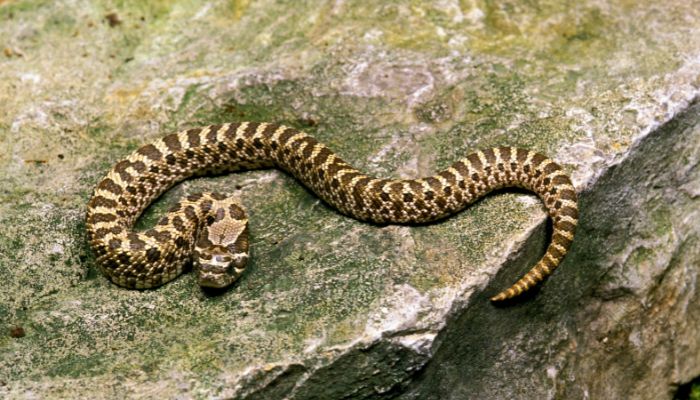
Using feeding tongs.
Feeding tongs are a must-have. They ensure a safe distance between your fingers and the snake, reducing the risk of accidental bites. It’s like using utensils to eat hot food; it protects you and makes the process smoother.
Ensuring prey is safe and free from contaminants.
Whether you’re offering live or frozen prey, ensure it’s sourced from reputable suppliers. Contaminated food can lead to illnesses. It’s akin to us ensuring our food is fresh and free from harmful bacteria.
Monitoring the snake during feeding.
Always keep an eye on your hognose snake during feeding. It helps you spot any issues, like the snake struggling to swallow or regurgitating its meal. Think of it as supervising a toddler during mealtime; it’s all about ensuring they’re safe and eating properly.
Conclusion
You’ve journeyed through the intricate world of hognose snake nutrition, uncovering the secrets of what these unique reptiles consume in captivity. From understanding the importance of replicating their natural diet to recognizing the nuances between wild and captive dietary needs, you’ve gained a comprehensive insight.
It’s clear that feeding isn’t just about providing sustenance; it’s about ensuring the overall well-being of these captivating creatures. Remember, just as with any pet, knowledge and understanding are key.
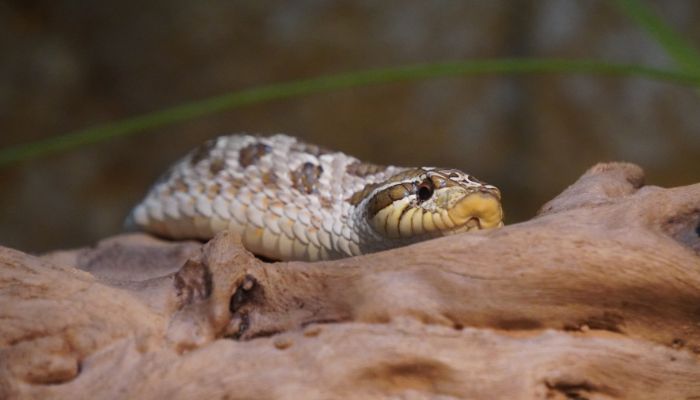
By being informed, you’re taking a significant step towards ensuring the health and happiness of your hognose snake. As you move forward, let this knowledge guide you, and always be open to learning more.
Every feeding session is an opportunity to bond and understand your slithery companion better. Keep up the great work, and here’s to many fulfilling moments with your hognose snake!
FAQ
These are the burning queries many hognose snake enthusiasts (or soon-to-be ones) often ponder. Let’s dive right into them, shall we?
How long can a hognose go without eating?
Hognose snakes, like many reptiles, have a slower metabolism compared to mammals. An adult hognose can go for a few weeks without eating, especially during certain periods like shedding or brumation (a form of hibernation). However, it’s essential to consult a vet or reptile expert if your snake refuses food for an extended period. It’s like us skipping a meal or two; it might not be a big deal, but if it goes on for too long, it’s cause for concern.
How often do hognose snakes eat?
Young hognose snakes, with their rapid growth spurts, typically eat every 5-7 days. As they mature and grow, this frequency can be reduced to once every 7-10 days. It’s all about adjusting to their needs as they age.
What do baby hognose snakes eat?
Baby hognose snakes usually start with pinkie mice, which are newborn mice. These are appropriately sized for their tiny mouths and provide the necessary nutrients for their growth.
Do hognose snakes eat crickets?
While hognose snakes can eat crickets, they aren’t a primary food source. Crickets might be offered occasionally, but they shouldn’t replace the main staples like rodents or amphibians.
Can hognose snakes eat mealworms?
Mealworms can be given as an occasional treat, but they shouldn’t form the bulk of a hognose snake’s diet. They lack the complete nutritional profile that rodents offer. Think of mealworms as a snack, not a main course.

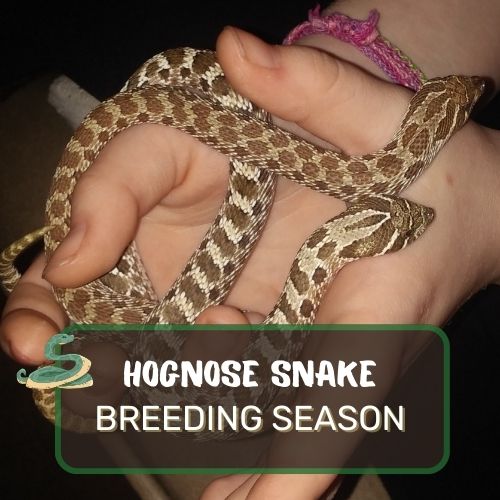
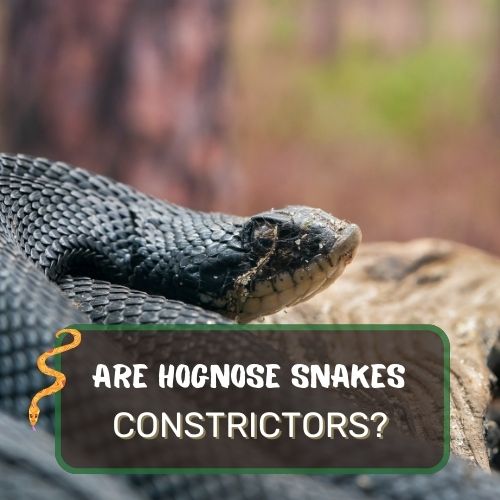
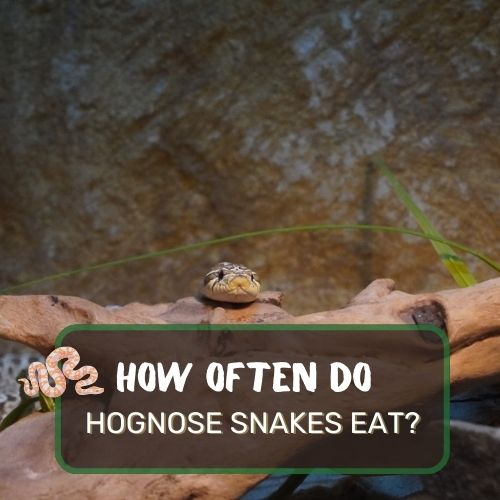
0 Comments